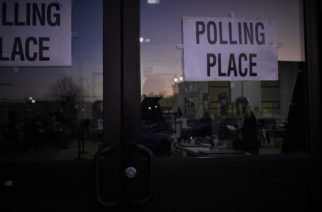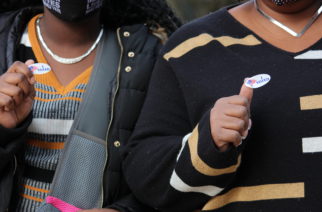
The nation is still waiting for election results three days after the polls have officially closed. The outcome is predicted to come down to results in a few battleground states. States like New York and California have a long history of being blue states but others are less predictable. Results are still rolling in and now the outcome of the election is largely dependent on the count in Nevada, Arizona, Georgia, North Carolina, Pennsylvania and Alaska.
The initial study leading up to Election Day was conducted between Oct. 26 and 31. The New York Times and Siena College Research Institute collaborated to find out what the people in these states were thinking.
There are some states that weren’t included in the poll conducted, such as Ohio, Michigan, North Carolina, Arizona and Iowa. There is also talk of how Texas has the possibility of being a battleground state, as the two presidential candidates are polling very close to one another.
Since the study, as of Nov. 6 President Trump has the majority votes in Texas, Iowa and Ohio but Joe Biden has the majority in Michigan. North Carolina and Arizona are too close to call at this time.
Arizona, Florida, Pennsylvania and Wisconsin were the four battleground states that caught the attention of the country and the campaigning of the presidential candidates.
In these four battleground states, according to the polls conducted by the NYT and Siena College, Biden has a better chance of winning, as he was up in the polls in comparison to President Donald Trump, who was between 5-10 percent lower than Biden.
In the world of politics, a lot can change over the course of a few days, let alone an entire week which means, explains why the polling numbers may now be skewed from the earlier results. Because of this, the polling entities accounted for the margin of error, which for all four polls conducted, was 3.2 percent. The margin of error quantifies how close we can expect a survey to represent the true population.
“It appears that the algorithms used for polling have gotten much more sophisticated and fine-tuned since the last presidential election. But, at the end of the day, these are all educated guesses and the final proof will be calculated at the ballot box,” said Jeanne Wilcke, former president and current member of the Downtown Independent Democrats of New York City.
As of right now, Biden is leading with 253 electoral votes while Trump has 214. Regardless of the pending results, it is likely that either candidate will call for a recount due to the close nature of the race.









